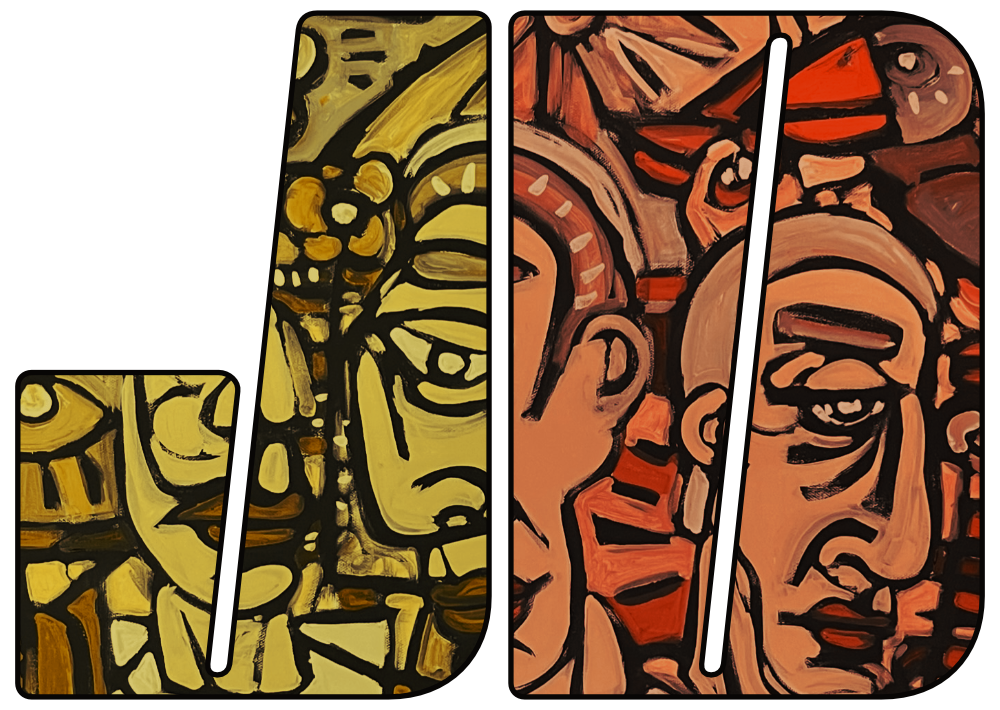“Navigating the Complex Landscape: The Intersection of Poetry and Love”
Introduction:
In the intricate tapestry of human emotions, love has always been a central theme. From Shakespearean sonnets to modern spoken word performances, poets have sought to capture the essence of love in its myriad forms. However, the relationship between poetry and love is not always a harmonious one. This blog explores the nuanced problems that arise when these two powerful forces intersect.
Idealization vs. Reality:
One of the challenges in the realm of poetry and love is the tendency to idealize romantic relationships. Poets often portray love in its most sublime form, crafting verses that might not necessarily reflect the complexities of real-world relationships. This idealization can create unrealistic expectations, leading individuals to compare their own love lives to the lofty standards set by poetry.
Miscommunication through Metaphor:
Poetry often relies on metaphor and symbolism to convey emotions, and while this can be a beautiful and evocative form of expression, it can also lead to miscommunication. The subjective nature of metaphorical language may result in varied interpretations, causing confusion or misunderstandings between partners.
Pressure to Conform to Romantic Norms:
Love poetry has established certain archetypes and expectations over the centuries. Couples may feel pressured to conform to these romantic norms, influenced by the romanticized portrayals found in poetry. This pressure can create tension as individuals grapple with the contrast between their genuine emotions and societal expectations.
Unrealistic Notions of Permanence:
Love poetry often emphasizes the eternal and timeless aspects of love. While enduring love is a beautiful concept, it can inadvertently foster unrealistic expectations regarding the permanence of romantic relationships. People may struggle when faced with the transient nature of emotions and the inevitable challenges that arise in relationships.
Dependence on External Validation:
Poetry, with its expressive and often public nature, can inadvertently encourage individuals to seek external validation for their romantic endeavors. The desire for a love story that mirrors the eloquence of poetry can lead to the prioritization of appearances over genuine connection, potentially undermining the authenticity of relationships.
Conclusion:
While the interplay between poetry and love is rife with challenges, it is essential to recognize that poetry also has the power to illuminate the depth and beauty of human connections. By acknowledging the potential pitfalls and fostering a realistic understanding of love, individuals can navigate the complexities of their relationships with greater resilience and authenticity. Ultimately, the problems that arise from the intersection of poetry and love serve as opportunities for growth, reflection, and a deeper understanding of both ourselves and the intricate dance of love.

